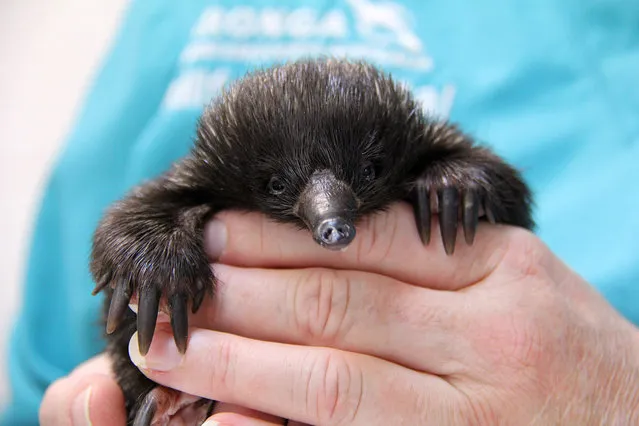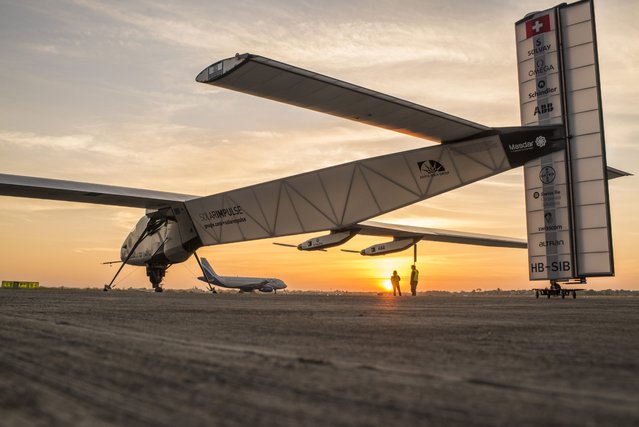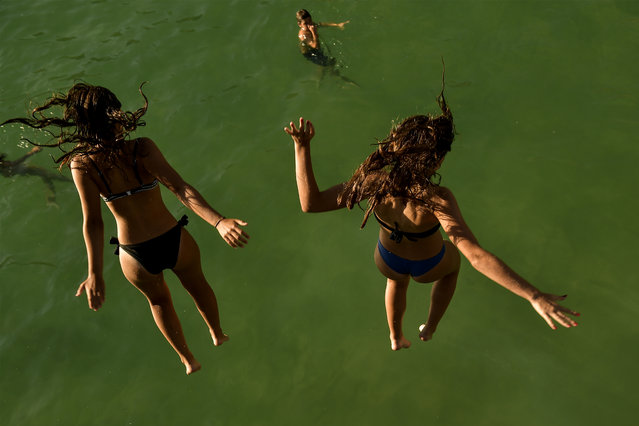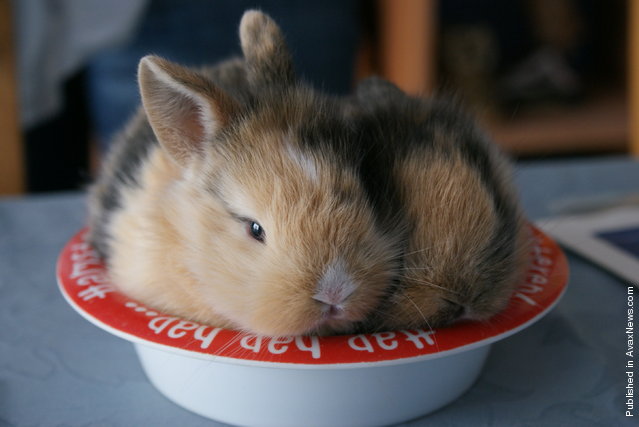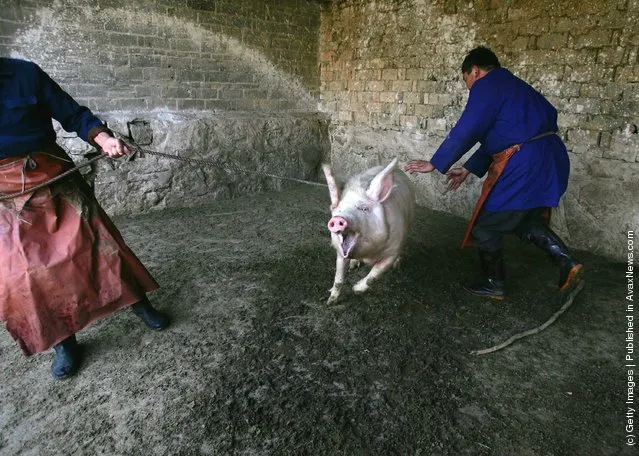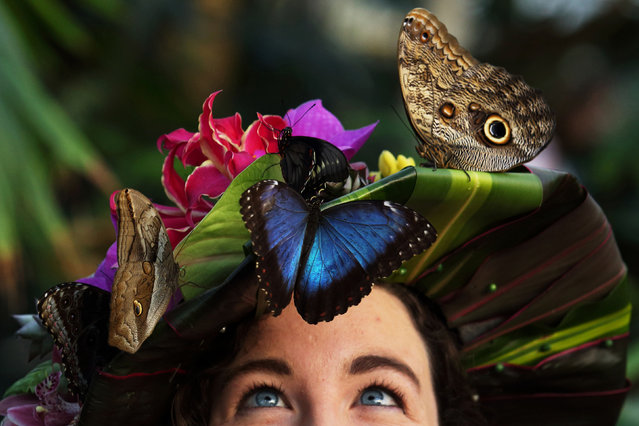
Entomologist Anna Platoni wears a hat made of tropical flowers made by florist Emma Reynolds with a Blue Morpho butterfly on her cheek to mark the opening of Butterflies in the Glasshouse at RHS Garden Wisley, south of London, on Janurary 15, 2016. (Photo by Luke MacGregor/PA Wire/RHS)
16 Jan 2016 10:22:00,post received
0 comments

